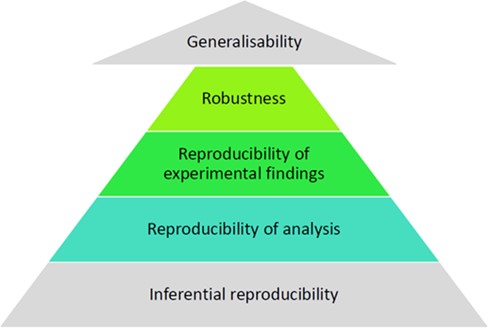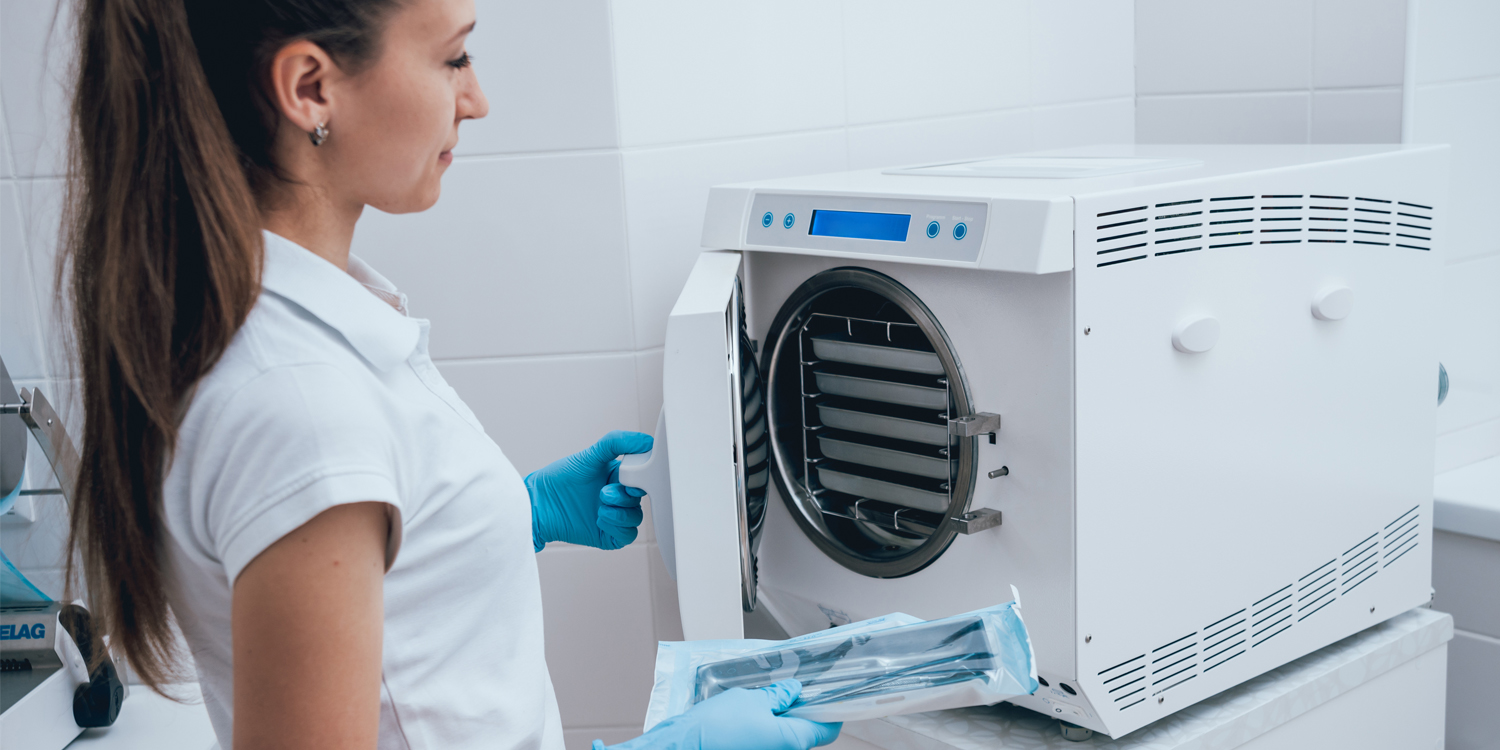Sterilization equipment plays an essential role in any laboratory animal facility. Some researchers even consider sterilization and washing the heart of the facility. Why? Because everything the animal lives on, eats, drinks, and engages with has to go through it at some point.1 That’s why regular sterilizer maintenance and service are crucial for a successful lab animal operation.1
Neglecting to conduct regular service and maintenance of sterilization equipment could jeopardize your entire research program. So, here are three critical reasons why sterilizer maintenance and service are essential. Plus, a close look at how sterilization equipment can help fight against the reproducibility crisis.
What is the Reproducibility Crisis?
It’s unlikely that you haven’t heard the term ‘reproducibility crisis.’ And it’s even more unlikely that your research organization isn’t taking action against it. The reproducibility crisis, also known as the replication crisis, is a crisis that impacts scientific research methods.4 Over time, several bodies are realizing “that the results of many scientific studies are hard or almost impossible to accurately reproduce.”4

In response, the scientific community, at large, is making a gallant effort to correct this.1 How exactly? Well, researchers are standardizing study designs and how they report information. Furthermore, the National Institutes of Health (NIH) has taken several steps, including establishing the ACD working group, to improve the reproducibility and rigor of research in all areas.1
Using, maintaining, and servicing sterilization equipment is one way to help standardize research methods. Next, let’s get into the main reasons why sterilization maintenance and service are so valuable.
1. Reliable Sterilizer Maintenance is Key for Reproducible Science
So, you’re probably wondering what sterilization has to do with reproducibility. Seemingly insignificant variables can throw off a model’s physiological data and skew research results.1 Sterilization equipment can help ward off such variables.1 How?
Sterilizers use a combination of high heat and high pressure to effectively sanitize objects, eradicating potential health threats to your models. But if these machines fail to reach the proper temperature and pressure, they won’t be as effective. That’s why it is essential to ensure they are serviced and maintained to operate the same way, every single time, across the same study and multiple studies.1
Also, technicians must accurately read temperature and pressure gauges at all times. Many sterilizer units have both a digital and “standard” gauge setup, which allows cross-checking. But regular service and maintenance are paramount to ensure these readings are accurate. Accurate readings are imperative to reproducible research.
Another reason routine sterilizer maintenance is critical for reproducibility is it ensures continuous functioning. For example, if you overrun a machine overdue for maintenance, it might cease altogether. Then, you might be left scrambling for an emergency sterilization alternative, which could adversely affect the reproducibility of your research.1 You can ensure consistent and repeatable operations and accurate readings by complying with routine service and maintenance procedures, ensuring your equipment is always running at optimal temperature and pressure levels.1
2. Sterilizer Maintenance Improves Ergonomics and Efficiency Within a Lab Animal Facility
Sterilization equipment helps the ergonomics in laboratory animal facilities because they standardize throughput and cleanliness to keep things running smoothly.1 And studies show that “when ergonomics are improved and implemented in an animal care facility, “there are immediate beneficial impacts on its operation: the teams improved the quality of the macroenvironment, facilitated the movement of materials, increased safety, and enhanced customer service.”3
But what happens when sterilization equipment suddenly ceases to function in the middle of your research? Chances are you don’t have an extra bulk steam sterilizer or autoclave in storage. A malfunction in your service equipment could seriously slow down the efficiency of your entire operation.1 That’s why it’s paramount to service your sterilizers routinely.1 To ensure they won’t give out when you need them most and that your facility is as ergonomic as possible.
3. Regular Sterilizer Maintenance and Service Ensures Better Safety for Lab Animal Personnel
Laboratory animal researchers face many hazards in daily work; it comes with the territory. Research with animals poses inherent risks and “involves chemical, biological, radiological, and physical hazards.”2 Also, work-related injuries are common in animal research facilities.2 These “injuries can have some serious consequences.”2

And when it comes to sterilization, this is no exception. Although sterilizers and cage-washing equipment are essential to the successful operation of a lab animal facility, they can pose some serious safety risks if mismanaged.2 That’s why servicing sterilization equipment is necessary for safety to prevent the machine from operating unsafely.
For More Information on Sterilizer Maintenance Watch This Webinar: Coming Clean on Sterilization
To learn more about sterilization equipment and the reproducibility crisis, watch our webinar “Coming Clean on Sterilization,” hosted by Cindy Buckmaster, Ph.D., CMAR, RLATG. Also, hear from Wayne DeSantis, the Director of the Capital Equipment Division at Allentown, as he discusses the choices and challenges of selecting and implementing sterilization equipment.
Learn How to Prepare for Disaster in Cage Wash Operations
Regular maintenance of sterilization equipment is a sure way to ensure it’s always functioning at the highest level possible. But what about unpredictable disasters, such as emergency weather? It’s possible that a massive storm could cause power outages and cause sterilizer outages. Here’s a helpful blog, How to Prepare for Disaster in Cage Wash Operations, based on a webinar hosted by Nirah H Shomer, DVM, PhD, DACLAM.
References
- Buckmaster, Cindy (2021, July). Webinar Coming Clean on Sterilization. Allentown. www.allentowninc.com/asset/player/?asset=e6163399-cbb8-4df4-a523-61ea0fc0e33b&campaign=7013k000001W4Jl
- McCormick-Ell, Jessica, and Nancy Connell. “Laboratory Safety, Biosecurity, and Responsible Animal Use.” ILAR Journal, vol. 60, no. 1, 2019, pp. 24–33., https://doi.org/10.1093/ilar/ilz012.
- Khan, N., and B. M. Umrysh. “Improving Animal Research Facility Operations through the Application of Lean Principles.” ILAR Journal, vol. 49, no. 2, 2008, https://doi.org/10.1093/ilar.49.2.e15.
- Henderson, Reginald DaveyReviewed by Emily. “What Is the Replication Crisis?” News, 13 Apr. 2022, https://www.news-medical.net/life-sciences/What-is-the-Replication-Crisis.aspx.

